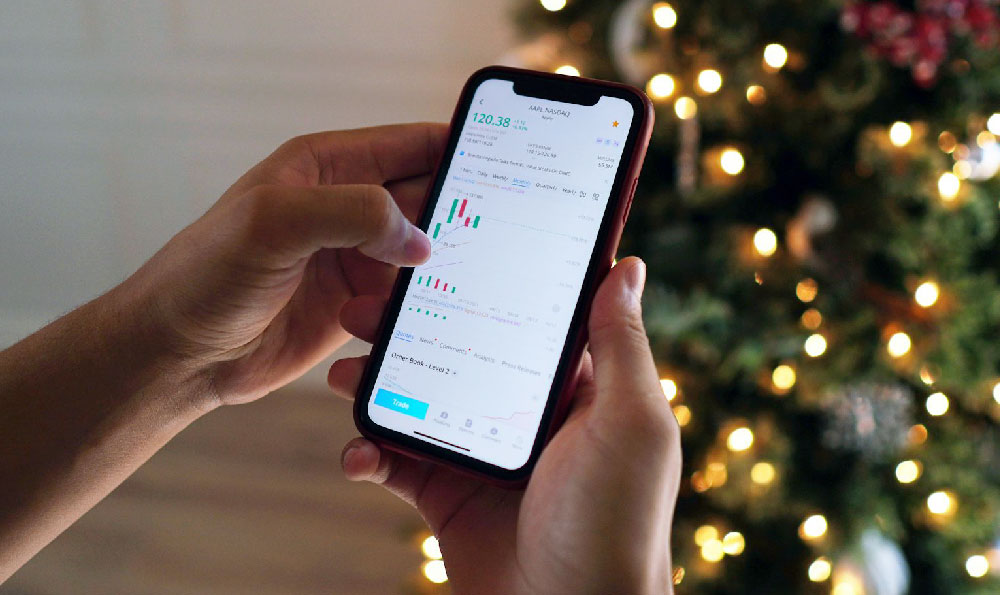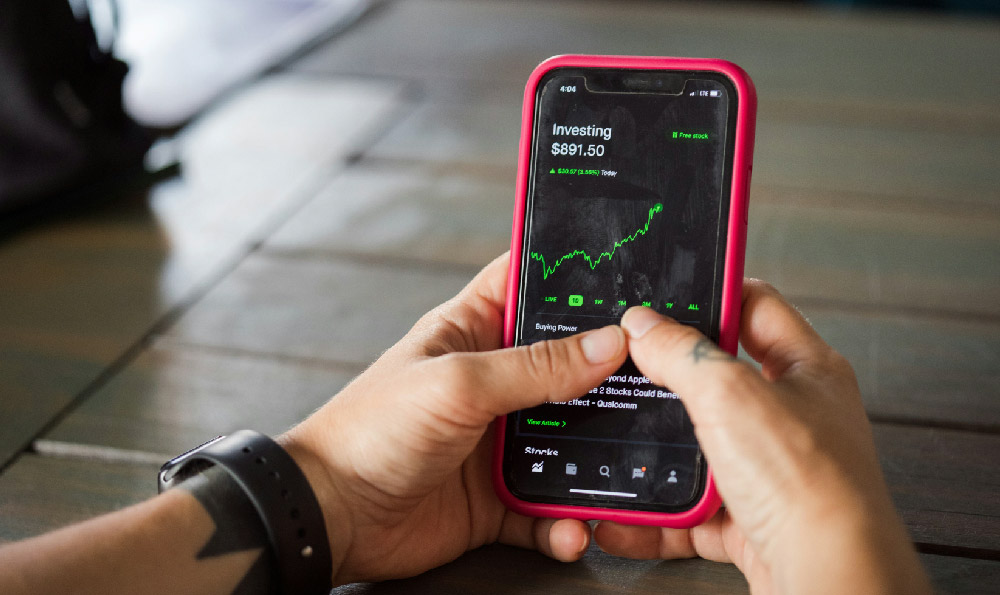
The digital age has ushered in a plethora of financial applications promising lucrative opportunities and streamlined investment strategies. Navigating this landscape requires discernment, separating genuine income-generating platforms from those offering fleeting rewards or even outright scams. Understanding the functionalities, potential benefits, and inherent risks of various financial apps is crucial before entrusting them with your time and capital.
One prominent category of apps focuses on micro-investing. These platforms, such as Acorns and Stash, democratize investing by allowing users to invest spare change or small sums into diversified portfolios of ETFs (Exchange-Traded Funds). The appeal lies in their accessibility and ease of use, making investing approachable for beginners. While these apps aren't likely to generate substantial returns overnight, they encourage consistent saving and long-term wealth accumulation through dollar-cost averaging. The 'pay' comes not in immediate cash payouts, but in the potential for growth of your invested capital over time, contingent upon market performance. Risk is mitigated through diversification, but market volatility can still impact returns. Users should carefully review the fees associated with these apps, as they can erode smaller account balances.
Another set of apps revolves around earning rewards for completing tasks, participating in surveys, or simply browsing the internet. Swagbucks and Mistplay are examples that offer points redeemable for gift cards or cash. While these apps can provide a supplemental income stream, it's important to temper expectations. The earnings potential is typically limited, requiring significant time investment for relatively modest rewards. The true "pay" is minimal compared to, say, a part-time job, and should be viewed more as a way to offset small expenses or indulge in occasional treats. The risk is minimal, primarily involving data privacy concerns as these apps often collect user information. It is crucial to review their privacy policies and understand how your data is being used.

Beyond micro-investing and task-based rewards, certain apps facilitate access to the gig economy, connecting users with freelance opportunities. Platforms like Uber, Lyft, and DoorDash enable individuals to earn money by providing transportation, delivery, or other services. The income potential here is more substantial, dependent on factors like location, availability, and demand for services. The "pay" is direct and immediate, offering a flexible way to generate income. However, it's crucial to consider the associated costs, such as vehicle maintenance, fuel expenses, and self-employment taxes. Moreover, this type of work often lacks the benefits of traditional employment, such as health insurance or paid time off. The risk involves potential fluctuations in demand, competition from other gig workers, and the responsibilities associated with running a small business.
In the realm of investing, numerous apps offer access to the stock market, cryptocurrency exchanges, and other financial instruments. Robinhood, Webull, and Coinbase are popular examples. These platforms provide commission-free trading, making it easier and more affordable to invest. The "pay" in this case is the potential for capital appreciation through successful investments. However, these apps also come with significant risks. The ease of trading can lead to impulsive decisions and overtrading, potentially resulting in losses. Furthermore, investing in individual stocks or cryptocurrencies carries inherent volatility and requires a thorough understanding of market dynamics. These platforms can also be vulnerable to security breaches, posing a risk to your funds and personal information. Due diligence and a well-defined investment strategy are essential when using these apps.
Furthermore, some apps function as cashback portals, rewarding users for making purchases through designated links or with specific credit cards. Rakuten and Honey are popular examples that offer a percentage of your spending back as cash or points. The "pay" is in the form of savings on everyday purchases, effectively reducing your overall expenses. The risk is relatively low, primarily involving the potential for impulse buying spurred by cashback offers. It's important to ensure that the cashback rewards outweigh any additional spending that might occur as a result. Additionally, users should review the terms and conditions of these apps, as cashback rates and redemption policies can vary.
Finally, there are apps that facilitate peer-to-peer lending, allowing users to lend money to borrowers in exchange for interest payments. LendingClub and Prosper are examples of platforms that connect borrowers and investors. The "pay" is the potential for earning higher returns compared to traditional savings accounts or bonds. However, this type of investing also carries significant risks. Borrowers may default on their loans, resulting in losses for investors. Furthermore, the liquidity of these investments can be limited. Thoroughly assessing the creditworthiness of borrowers and diversifying your portfolio are crucial when engaging in peer-to-peer lending.
In conclusion, the digital landscape offers a variety of apps promising financial rewards. The key is to approach these platforms with a critical eye, understanding their functionalities, potential benefits, and inherent risks. The "pay" often comes in various forms, from small rewards for completing tasks to the potential for capital appreciation through investments. However, no app guarantees instant wealth or risk-free returns. Due diligence, a well-defined financial strategy, and a realistic understanding of market dynamics are essential for navigating the digital financial landscape successfully. Remember to prioritize security, protect your personal information, and only invest what you can afford to lose. Before engaging with any financial app, consult with a qualified financial advisor to ensure it aligns with your individual circumstances and financial goals.





